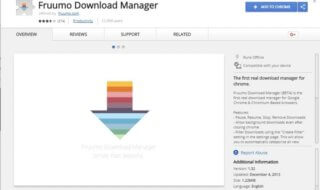As browsing habits continue to evolve, users are constantly searching for the perfect web browser that offers both speed and security. In this document, we will compare two popular choices: Brave and Chrome, specifically in the context of the latest operating system, Windows 11. With its enhanced features and optimised performance, Windows 11 demands a browser that can provide a seamless and secure browsing experience. Let’s delve into the comparison of Brave and Chrome to determine which browser is better suited for Windows 11 users.
Contents
User Interface and Customization of BRAVE VS CHROME FOR WINDOWS 11
Both Brave and Chrome offer user-friendly interfaces, but Chrome‘s interface has a more minimalistic design, while Brave has a sleeker and slightly more visually appealing interface. Brave allows users to customise their browsing experience with various themes and extensions, similar to Chrome. However, Chrome’s vast collection of extensions surpasses that of Brave, offering users a wider range of options to personalise their browser.

User Interface of Chrome
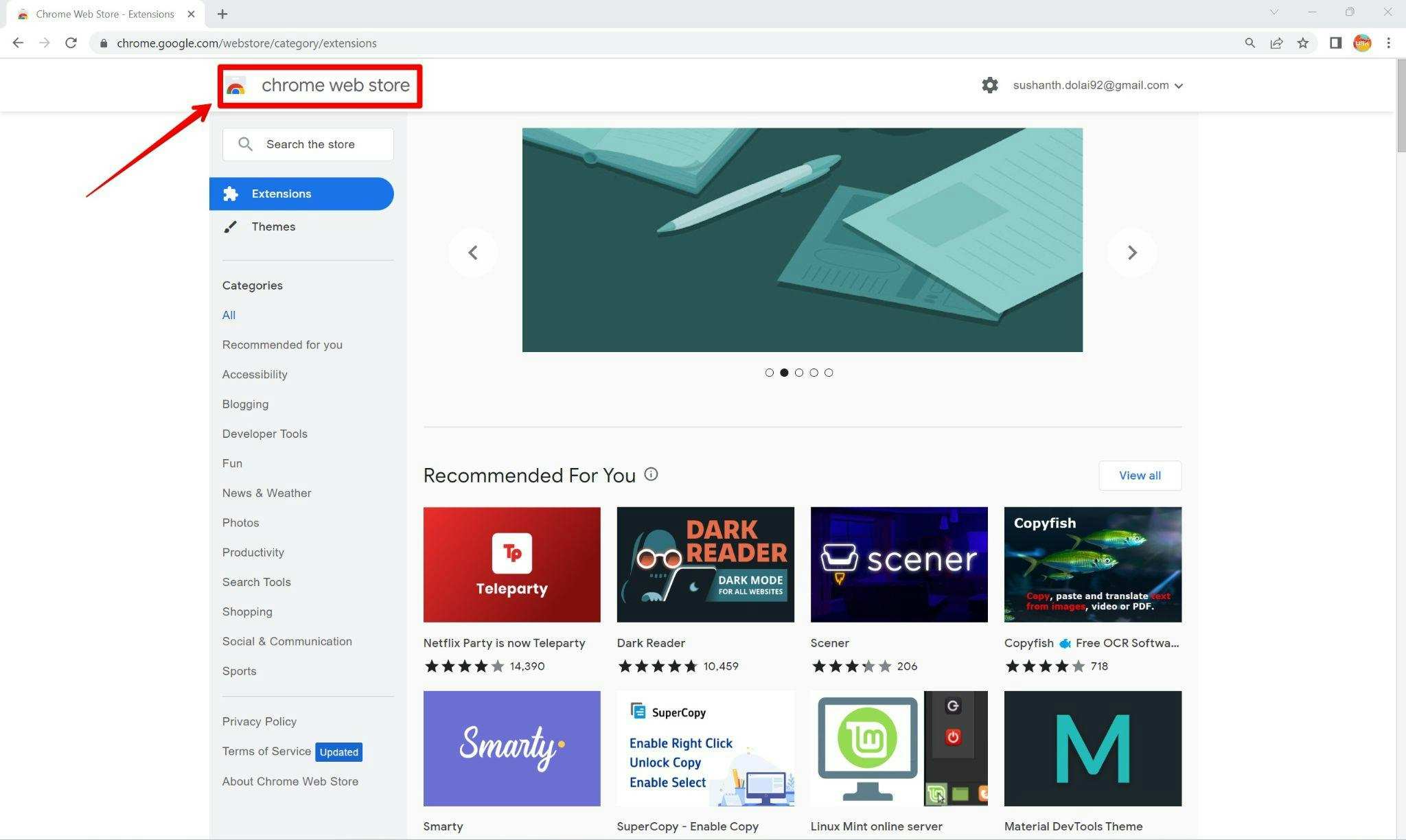
Extensions in Chrome
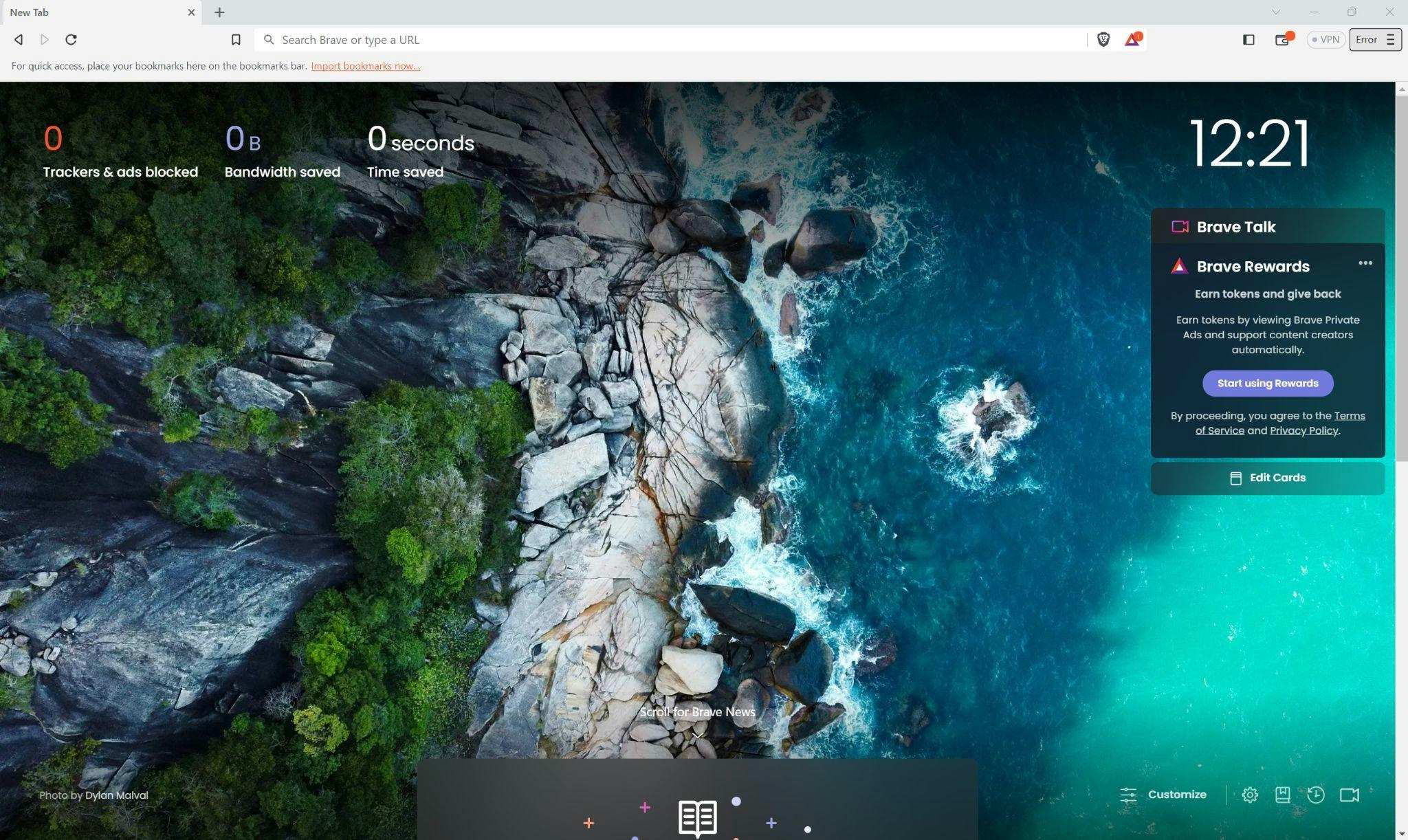
User Interface of Brave
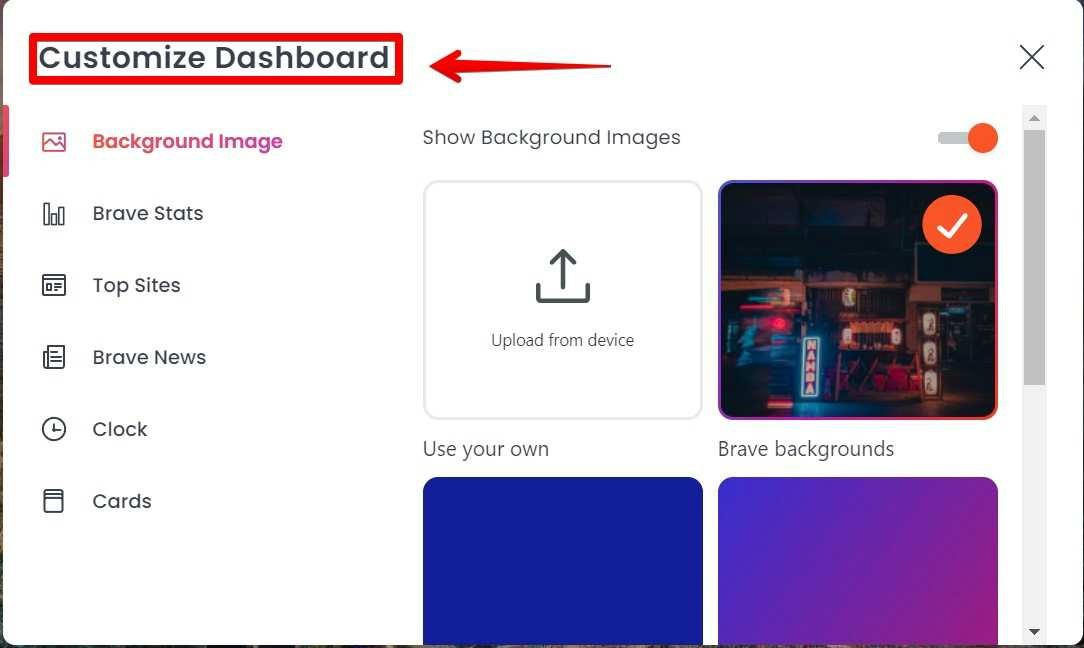
Customisations in Brave
Speed and Performance BRAVE VS CHROME FOR WINDOWS 11 PC, Laptop
When it comes to speed, both browsers are known for their efficiency, but Brave stands out with its impressive loading times. Brave incorporates a feature called “Brave Shields,” which blocks unwanted ads and trackers, resulting in faster page loading speeds. Additionally, Brave’s unique ad-blocking functionality contributes to its overall faster performance compared to Chrome. However, it’s worth mentioning that Chrome’s performance can vary depending on the user’s system configuration and the number of extensions installed.
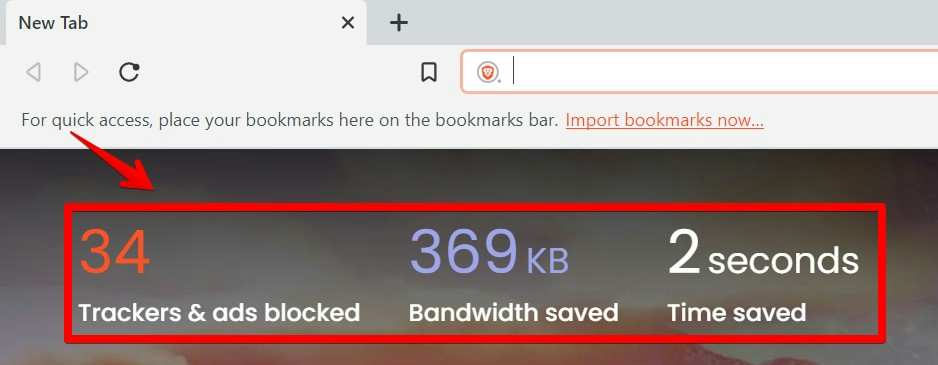
Speed and Bandwidth in Brave
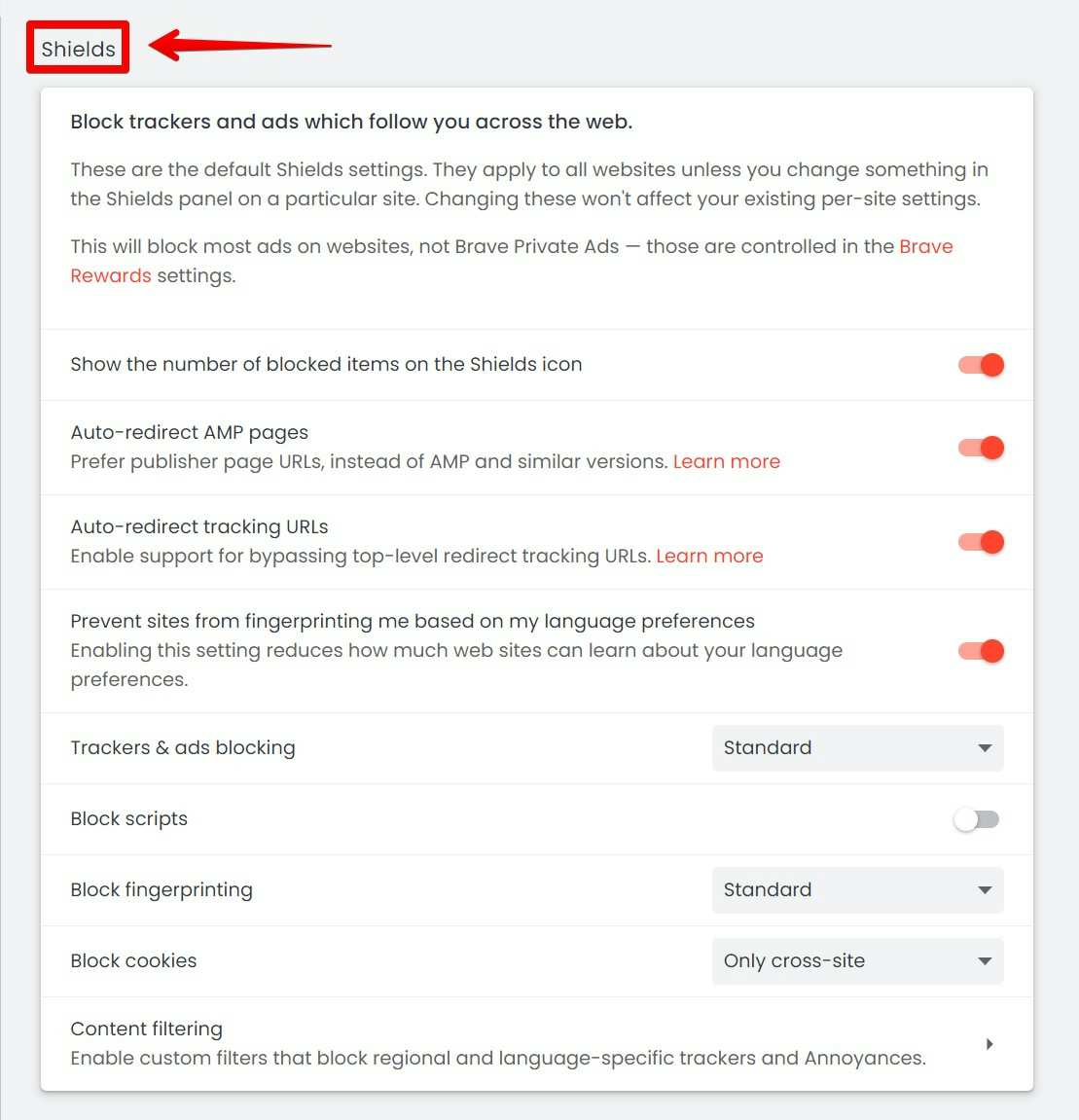
Shields in Brave
Privacy and Security Chrome VS Brave Browser In Windows 11
Brave takes a proactive approach to privacy, making it a strong contender in this category. It incorporates built-in ad-blocking, cookie control, and HTTPS Everywhere, ensuring that users have a more secure browsing experience by default. Moreover, Brave’s commitment to privacy extends to its unique feature called Brave Rewards, which allows users to earn cryptocurrency tokens while browsing, all while maintaining their privacy.
On the other hand, Chrome, developed by Google, collects user data for targeted advertising and other purposes. Although Chrome offers some privacy features, users must manually enable and configure them. However, the privacy-conscious may lean towards Brave due to its privacy-centric design.
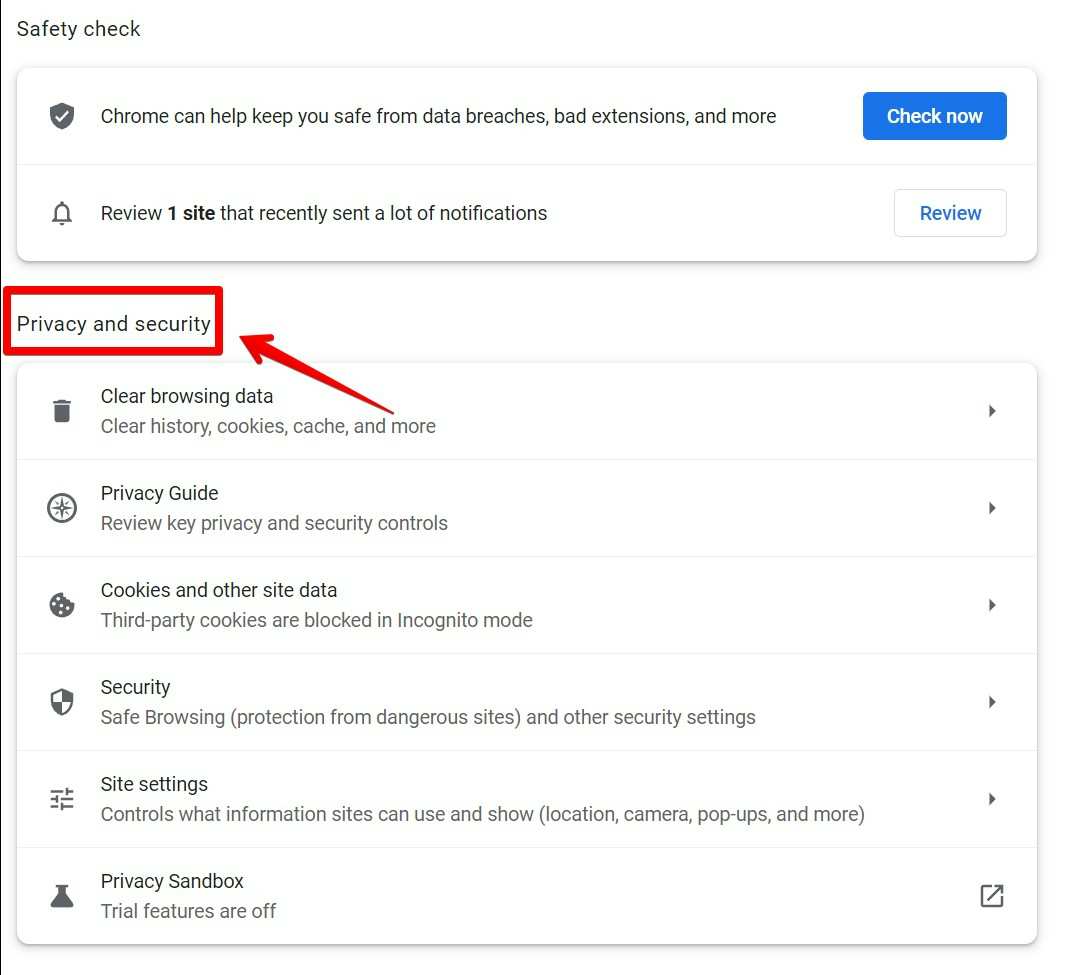
Privacy and Security in Google Chrome
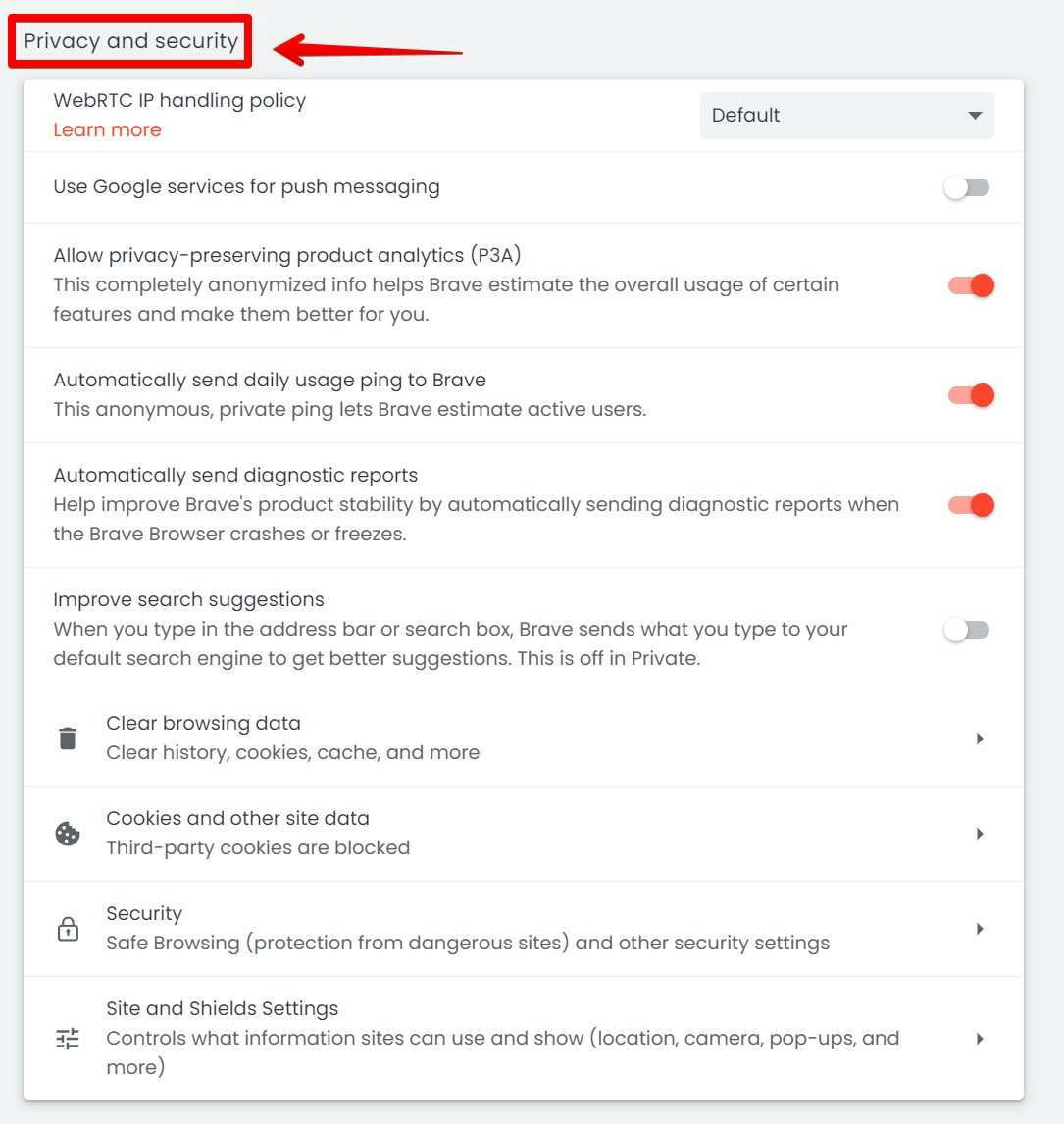
Privacy and Security in Brave
Syncing and Cross-Platform Compatibility
Both Brave and Chrome provide seamless syncing capabilities across multiple devices. Chrome, with its long-established market presence, offers robust syncing options, allowing users to access bookmarks, browsing history, and settings across various platforms seamlessly. Similarly, Brave utilizes the same underlying technology as Chrome, making it compatible with Chrome’s syncing capabilities. Users who frequently switch between devices and desire a consistent browsing experience may find both browsers equally suitable.
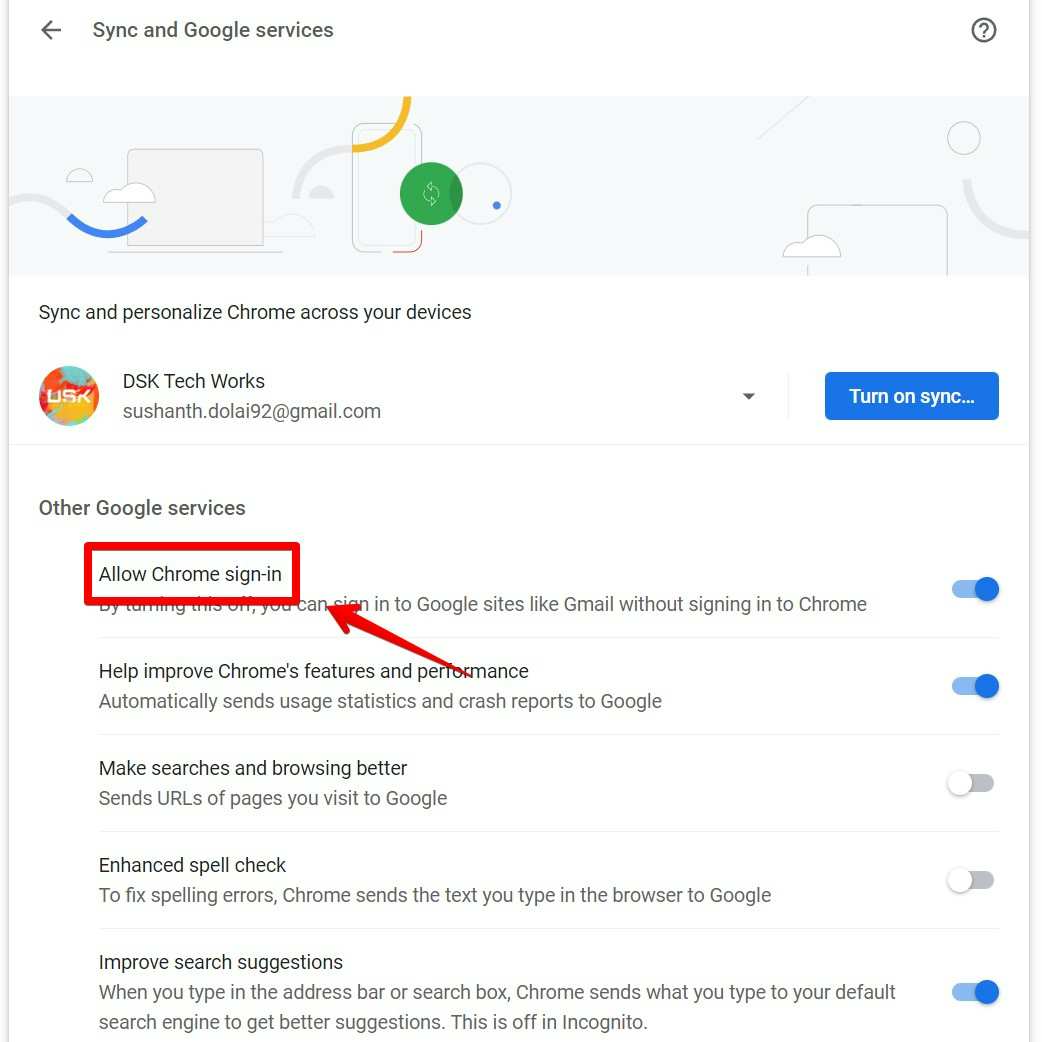
Syncing in Google Chrome
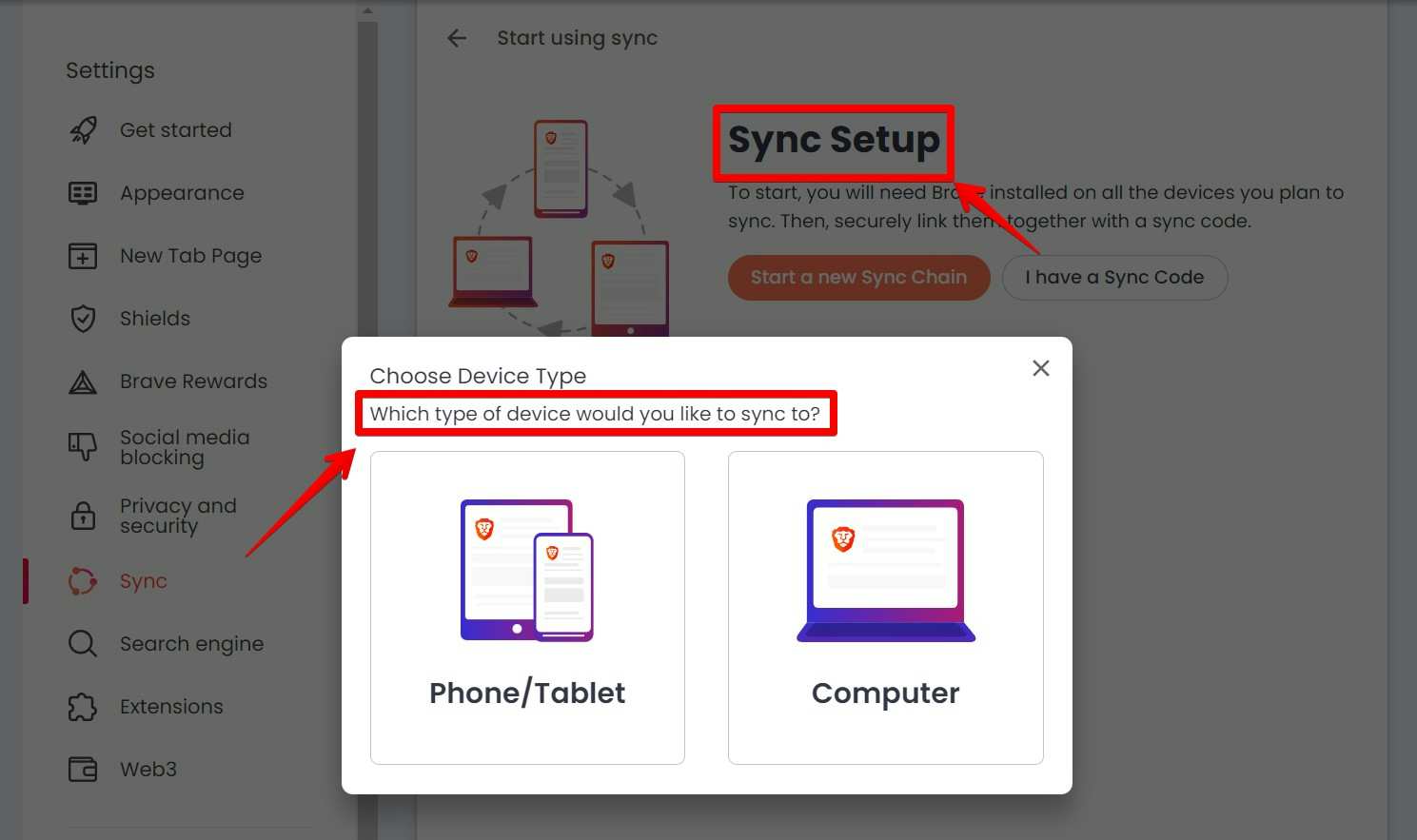
Syncing in Brave
Battery and Resource Usage
Optimising battery life and system resources is crucial, particularly for users on laptops or lower-spec devices. Brave’s emphasis on efficiency and reduced resource consumption allows it to outperform Chrome in this area. Brave consumes significantly less RAM and CPU usage, resulting in improved battery life and a smoother browsing experience, especially on devices with limited resources. Chrome, while generally efficient, tends to be more resource-intensive, which may impact the performance on devices with lower specifications.

Battery Settings in Google Chrome
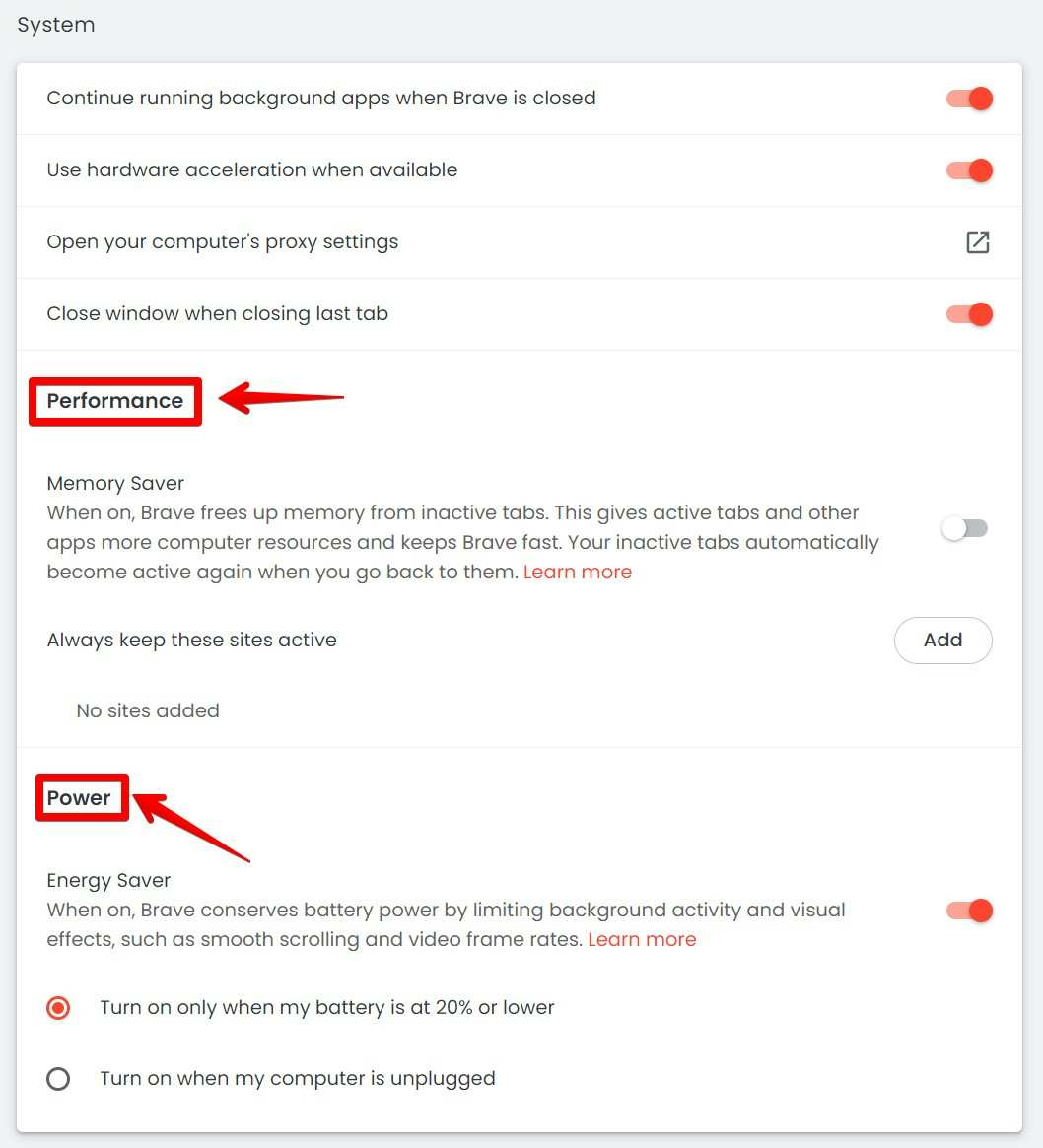
Battery and Performance Settings in Brave
User Experience
User experience plays a significant role in determining the popularity of a web browser. Chrome boasts a clean and intuitive interface, making it easy for users to navigate and manage their browsing activities. Its seamless integration with Google services, such as Gmail and Drive, enhances the overall experience. Brave, on the other hand, adopts a similar interface to Chrome, ensuring familiarity for users. It provides additional features like a built-in ad-blocker and a rewards system that allows users to earn cryptocurrency for viewing privacy-respecting ads.
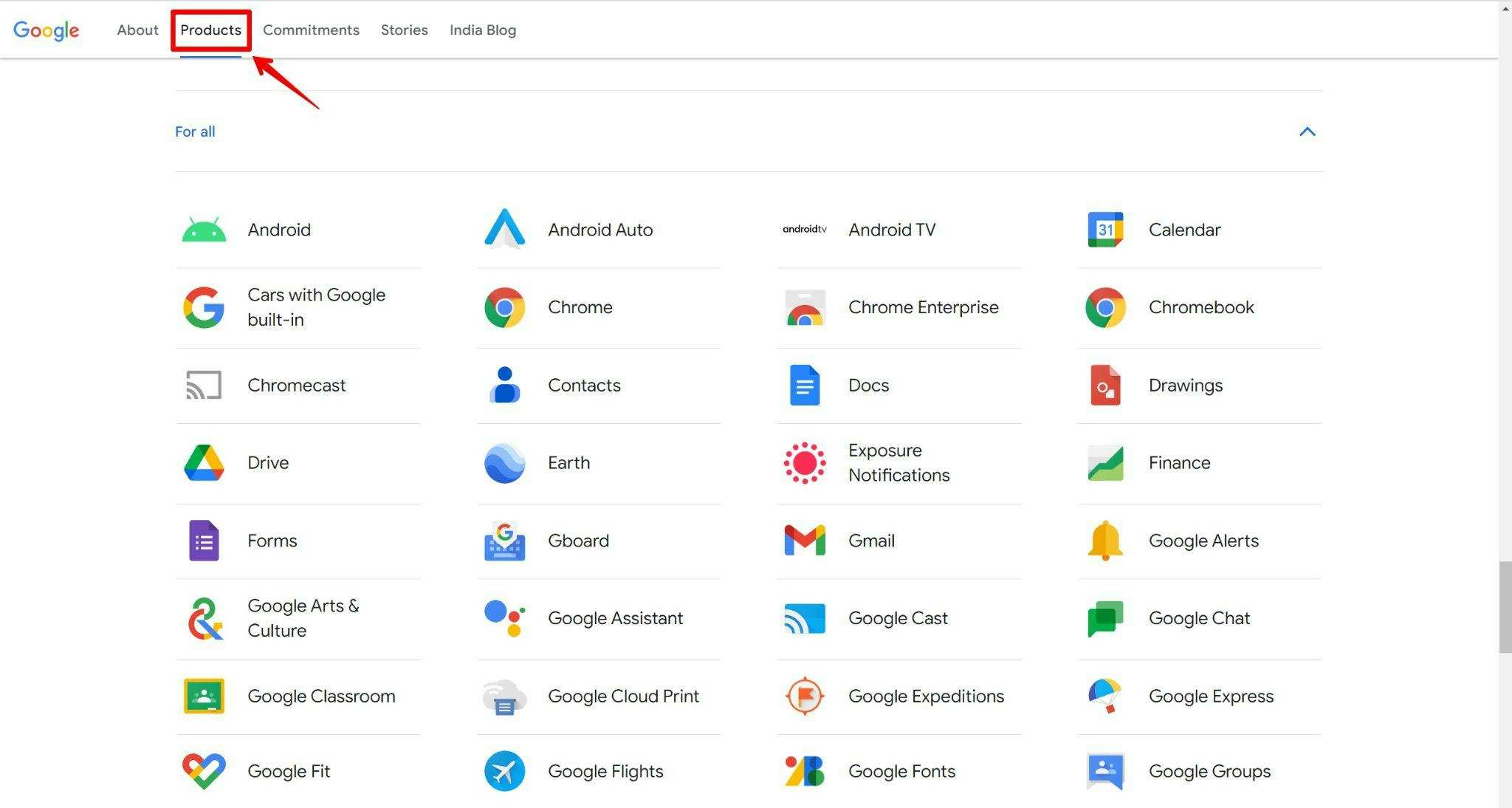
Google Services
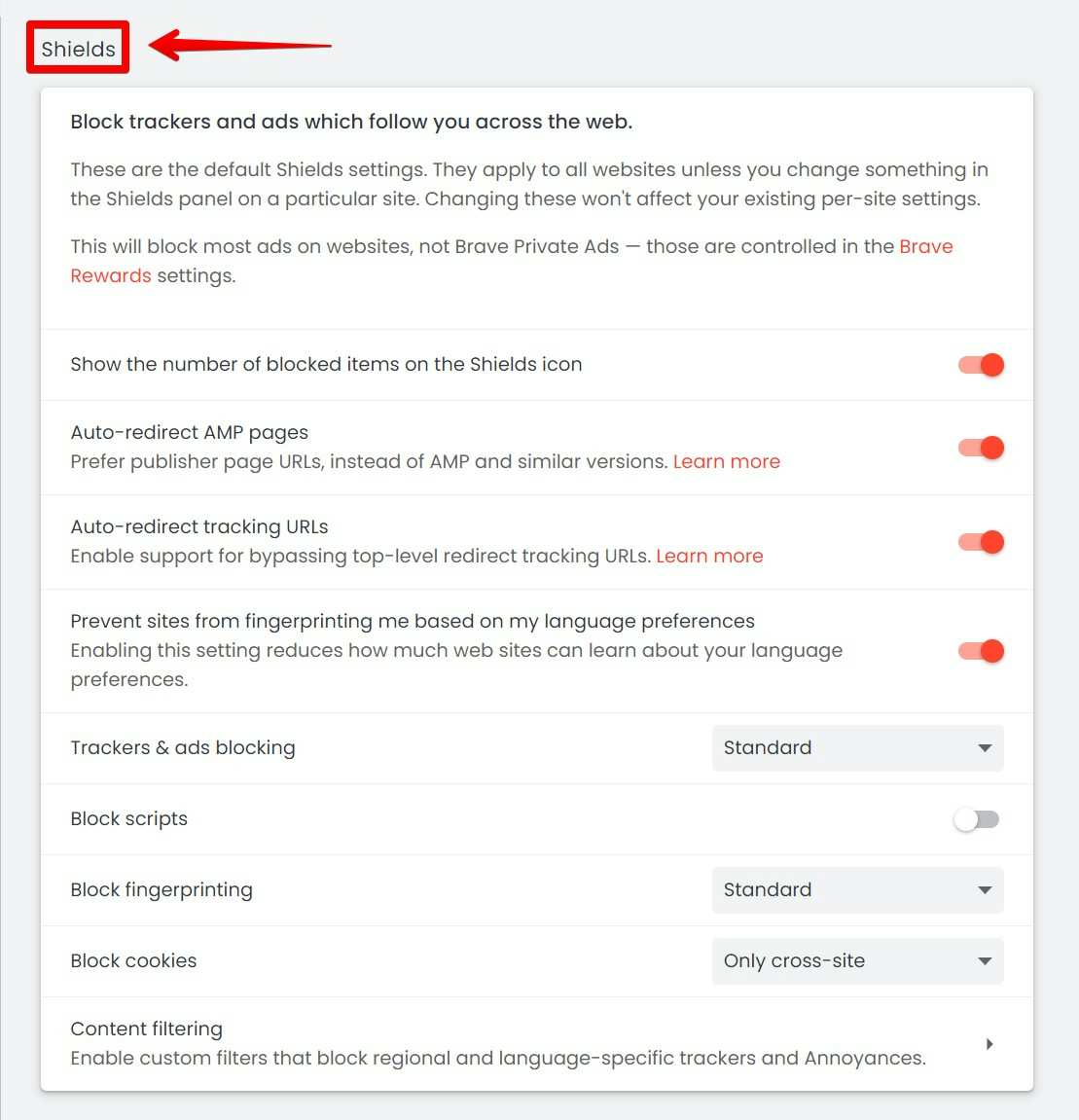
Brave Blockers and Shields
Conclusion
Choosing the ideal browser for Windows 11 ultimately depends on individual preferences and priorities. Brave excels in areas such as speed, privacy, and resource usage, making it an excellent choice for users seeking a secure and efficient browsing experience. On the other hand, Chrome offers a wider range of extensions, a minimalist interface, and superior cross-platform compatibility. Both browsers have their strengths and weaknesses, so users should consider their specific requirements when making a decision.
In conclusion, while Brave offers a more privacy-focused and streamlined experience, Chrome‘s vast ecosystem and familiarity make it a popular choice. Windows 11 users should weigh the pros and cons outlined in this comparison to determine which browser aligns best with their needs, striking the right balance between speed, security, privacy, and customization


